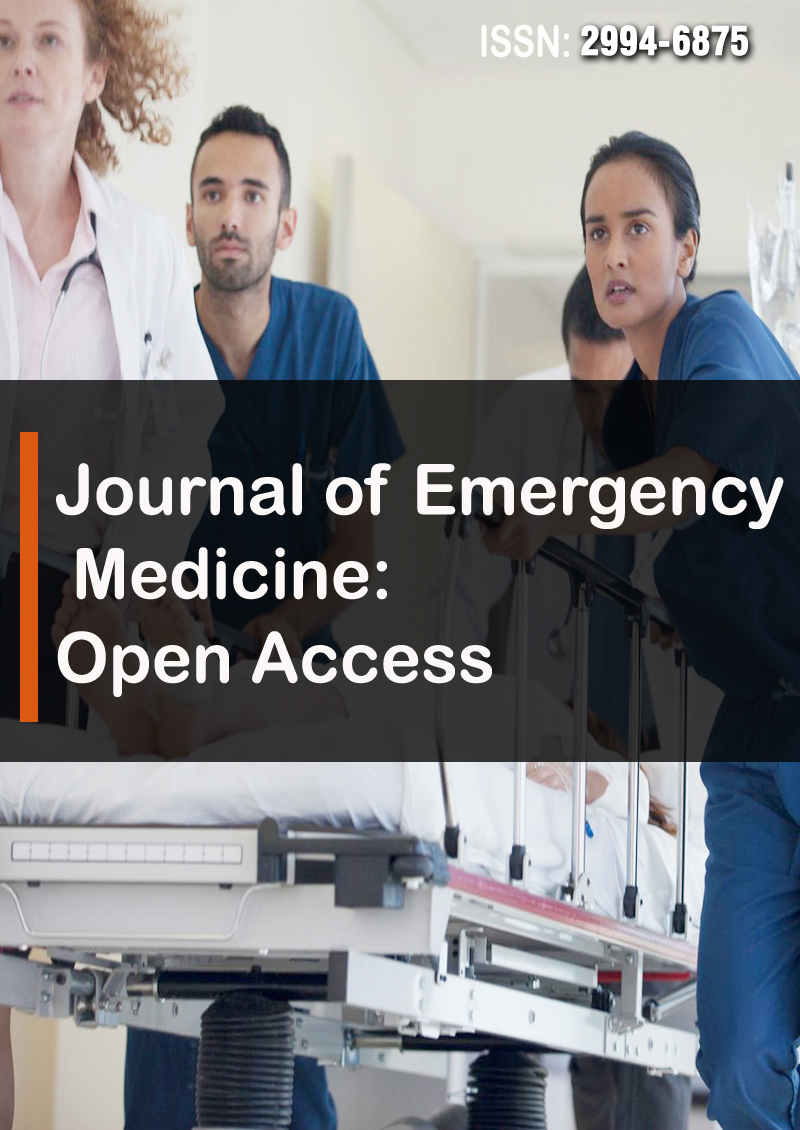A Psychoanalytic Perspective on the Neuropsychological Impact of Anabolic Steroid Abuse: The Role of Bio-Neurofeedback as a Therapeutic Tool
Abstract
Claudio Lombardo
The abuse of anabolic androgenic steroids (AAS) is a complex phenomenon rooted in deep psychological and neurophysiological conflicts. Individuals who use AAS often have a history of childhood trauma or adverse experiences that influence their emotional and neurobiological regulation. In this context, Peter A. Levine's literature on trauma and its bodily manifestations offers a unique perspective for understanding how trauma is stored somatically and can be reprocessed through body-focused interventions. Levine’s Somatic Experiencing theory emphasizes the importance of procedural memory and the recovery of bodily sensations in addressing the psychobiological effects of trauma. This research explores the integration of psychoanalytic and neuroscientific models to analyze the behavior of AAS users, with a particular focus on the influence of childhood trauma and unconscious dynamics. An innovative approach proposed is the use of bio-neurofeedback, which could facilitate the regulation of neurophysiological imbalances and promote greater body awareness. The therapeutic implications of these interventions are supported by evidence showing how somatic techniques can effectively regulate the nervous system and reprocess traumatic memories. Through a multidimensional perspective, this article examines the psychological and neurophysiological roots of AAS abuse, proposing an integrated model combining bioneurofeedback and psychotherapeutic interventions to address psychobiological dysfunctions. By linking Tustin's psychoanalytic models with Levine's neuroscientific contributions on the role of implicit memory and somatic regulation, this analysis provides an articulated theoretical framework for understanding and treating this complex issue.



